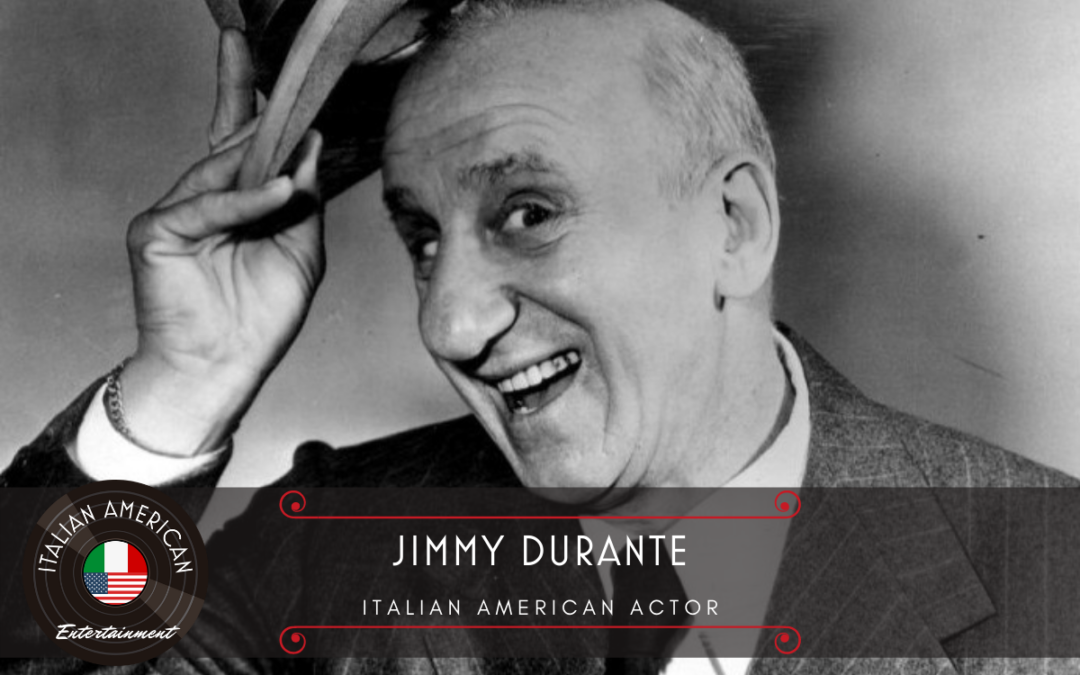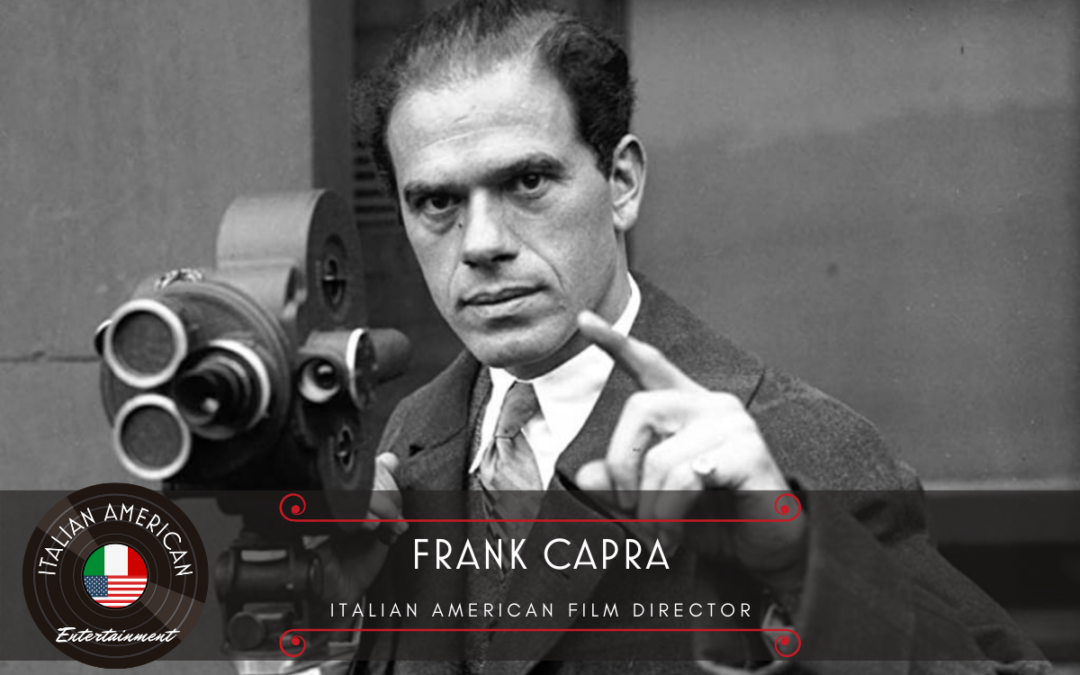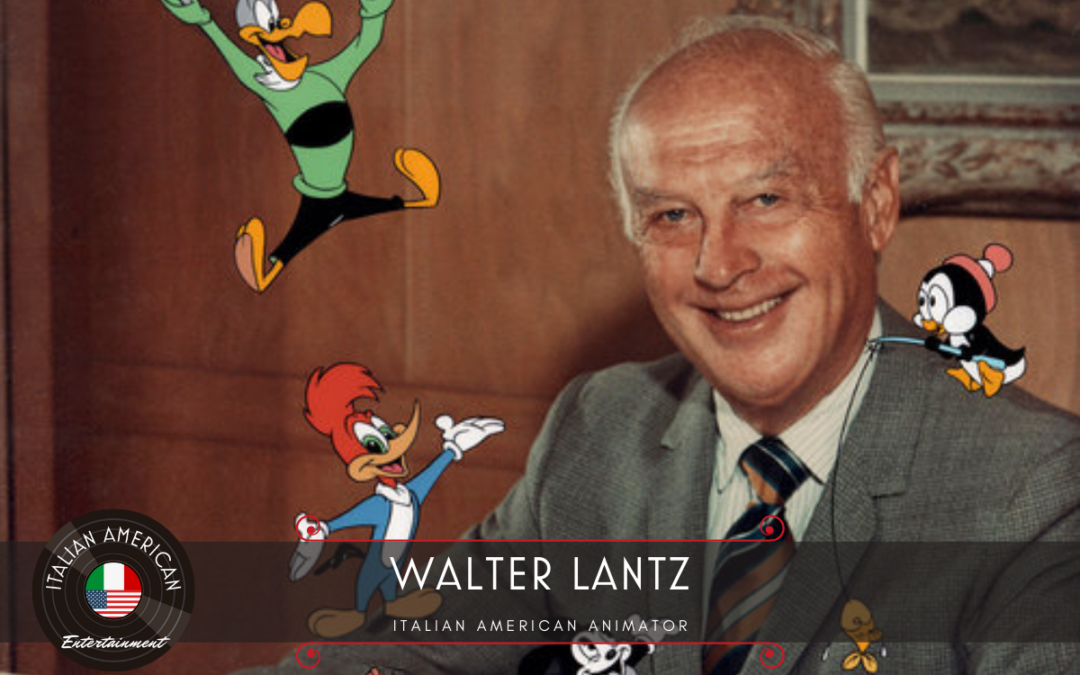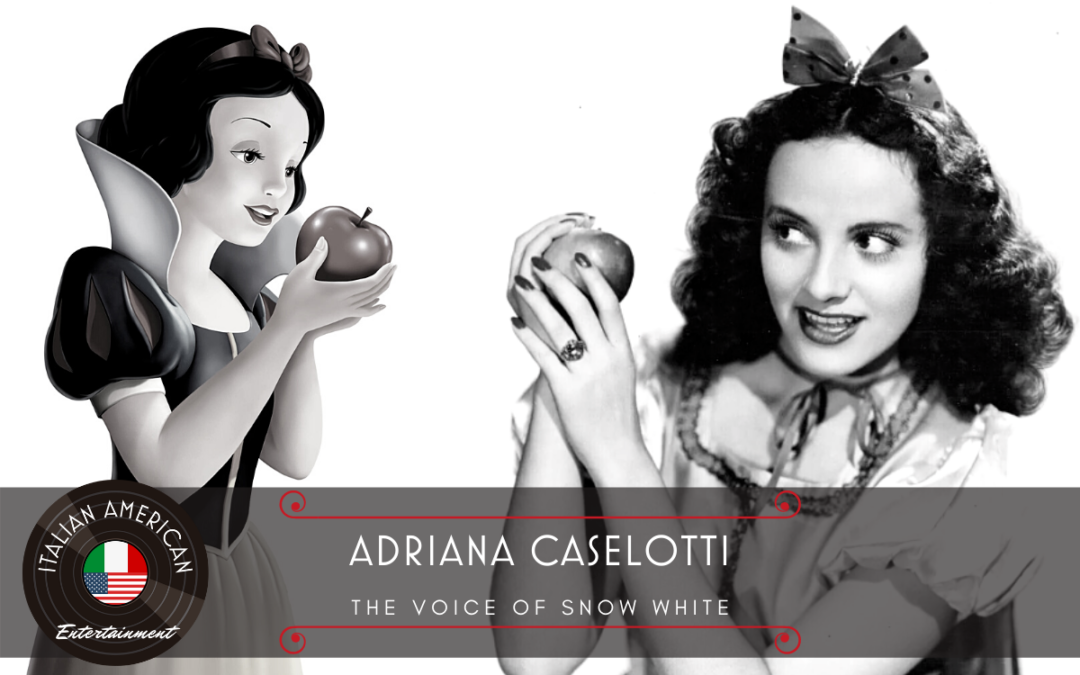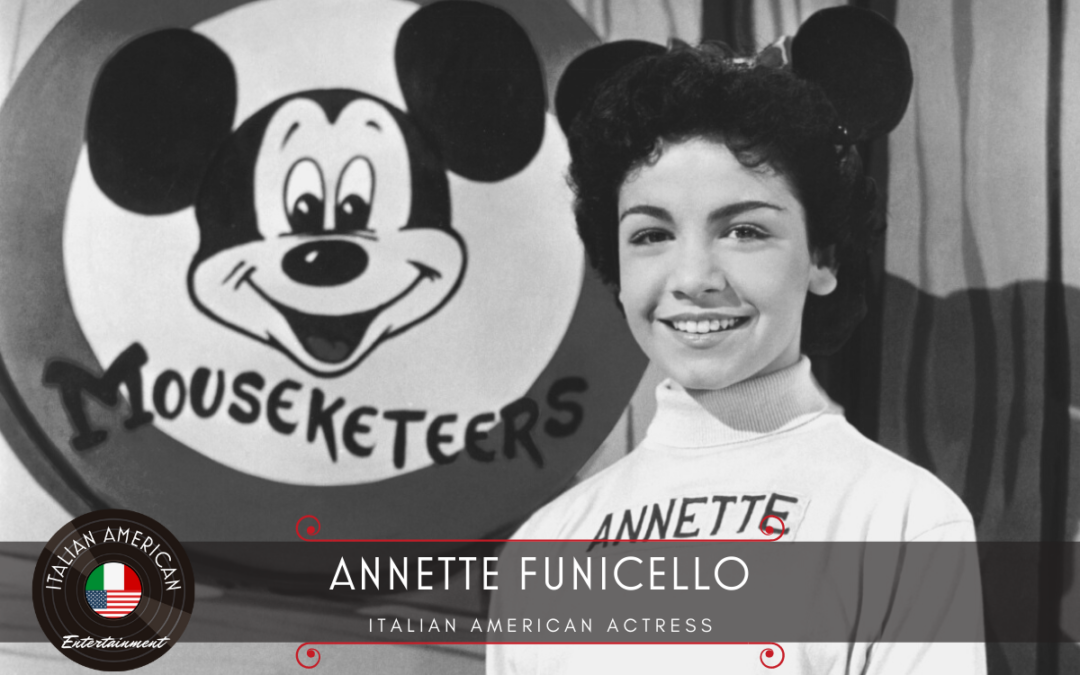
Annette Funicello
Annette Funicello was born in 1942, in Utica, New York to Italian Americans Virginia and Joseph. Annette grew up with a love of dancing and entertaining. When she was just 12 years old, she was cast as the lead in a local production of the ballet Swan Lake. Walt Disney saw her perform and immediately invited her to audition for a new series he was casting for Mickey Mouse Club. Seeing her potential, Disney hired her right on the spot. In October the same year Mickey Mouse Club premiered and became a huge hit. Annette quickly became a fan favorite.
After Mickey Mouse Club was canceled, Annette continued to appear in a variety of television shows including Zorro, American Bandstand, The Ed Sullivan Show, Fantasy Island, The Love Boat, Growing Pains, and Full House. She also went on to record a number of hit songs and albums. In 1963 Annette made the jump to the big screen and starred alongside her friend Frankie Avalon in the first of several beach party movies.
During the filming of the 1987 movie Back to the Beach, which reunited her with Frankie Avalon, she first began to notice symptoms of multiple sclerosis. She was diagnosed with the disease a few months later. After years of courageously fighting, Annette passed away on April 8, 2013.
In 1993 Annette was recognized by the Sons of Italy Foundation at the National Education & Leadership Awards Gala. She was presented with the National Education and Leadership Award in Washington, D.C. At the ceremony Joanne Strollo (then OSIA First National Vice President) said of Annette: “She is one of the most widely known and loved Hollywood personalities, and her dedication to her family and her strength in this time of adversity are true marks of a woman of extraordinary character.”
SOURCES: ANNETTE FUNICELLO OFFICIAL SITE, PEOPLE MAGAZINE, DISNEY LEGENDS, ANNETTE FUNICELLO RESEARCH FUND FOR NEUROLOGICAL DISEASES, OSIA


